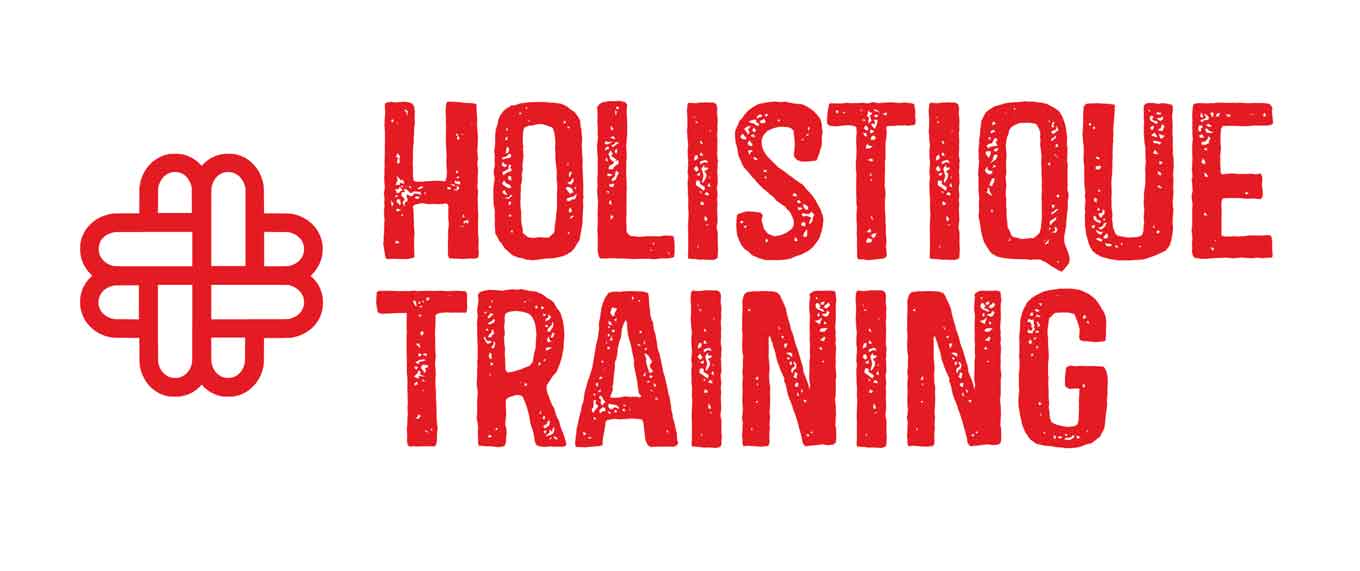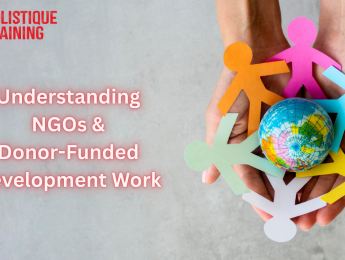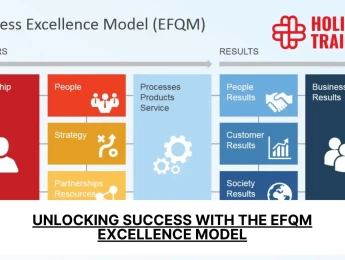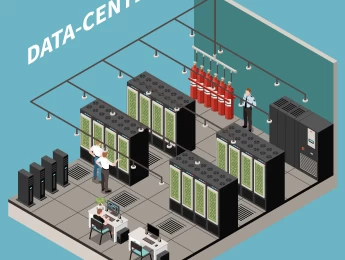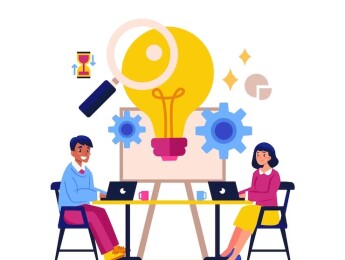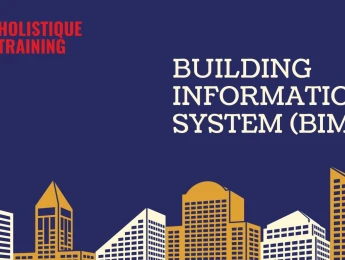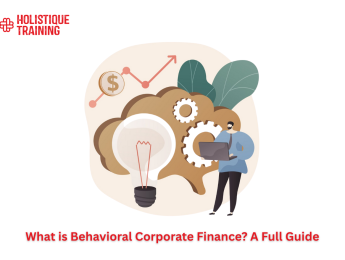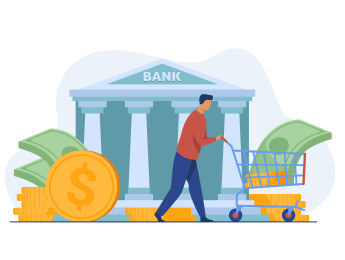- Table of Contents
- Introduction
- What Are NGOs and What Role Do They Play?
- Roles of NGOs:
- Types of Donor-Funded Projects
- Health:
- Education:
- Gender Equality:
- Economic Development:
- Environment:
- Human Rights:
- Emergency Response:
- Who Are the Donors and What Drives Their Priorities?
- What Drives Priorities?
- Positive Impact of Donor-Funded Projects
- Common Challenges in Donor-Funded Projects
- Impact on Local Communities
- Do donor-funded projects truly meet local needs?
- Large-Scale vs. Grassroots Initiatives:
- Transparency and Accountability in Donor Projects
- How to Improve Sustainability and Local Ownership
- Conclusion
Introduction
Non-Governmental Organizations (NGOs) have long been at the heart of humanitarian efforts and development aid worldwide. From delivering lifesaving medical supplies in war-torn areas to leading education initiatives in remote villages, NGOs operate across sectors and regions to address pressing human needs. Often, their work is made possible through donor-funded projects—initiatives financed by governments, international institutions, private philanthropists, and others who aim to support global development.
While donor-funded projects can bring immense value, they also raise important questions: Who gets to decide what communities need? How sustainable are these interventions once funding ends? And how can NGOs maintain transparency and accountability in an increasingly complex funding landscape?
This article provides a comprehensive overview of NGOs, the nature of donor-funded projects, their impact, the challenges they face, and how these efforts can become more community-centered and sustainable in the long term. Through real-world examples, tables, and evidence-backed recommendations, this piece is a useful guide for anyone interested in international development, nonprofit work, or public sector partnerships.
What Are NGOs and What Role Do They Play?
NGOs are non-profit organizations that operate independently of government control. Unlike government institutions, they do not wield sovereign authority, and unlike private companies, their aim is not to generate profit but to promote social good. NGOs can vary in size and mission—from grassroots community groups to international organizations operating across dozens of countries.
How NGOs Differ from Other Institutions:
Main Goal | Funding Source | Operates For Profit | Example | |
|---|---|---|---|---|
Government | Policy & public service | Taxes & public funds | No | Ministry of Health |
For-Profit Company | Generate profit | Private capital | Yes | Microsoft |
NGO | Social or humanitarian impact | Donations, grants | No | Save the Children |
Roles of NGOs:
Development:
NGOs are often key players in long-term development projects, such as improving infrastructure, enhancing education systems, or promoting economic growth in underdeveloped areas. They partner with local governments and communities to identify and implement tailored solutions.
Humanitarian Aid:
In conflict zones, natural disasters, and refugee crises, NGOs provide essential services like food, shelter, medical aid, and psychosocial support. Organizations like Médecins Sans Frontières (Doctors Without Borders) are recognized globally for this work.
Advocacy:
NGOs play a critical role in promoting human rights, environmental protection, and policy reform. Amnesty International, for instance, campaigns against injustices worldwide by pressuring governments and raising awareness.
Community Empowerment:
Rather than imposing external solutions, many NGOs focus on empowering local populations. Through capacity-building, education, and leadership training, these organizations help communities take ownership of their development.
Types of Donor-Funded Projects
Donor-funded projects target a wide range of development and humanitarian sectors. Below are some of the most common fields, explained with examples of successful programs:
Health:
Projects in this field support immunization campaigns, maternal health, disease prevention, and mental health services. For example, the Global Fund’s malaria eradication program in Sub-Saharan Africa has saved millions of lives by providing bed nets and medication.
Education:
USAID has led major education reform programs in countries like Jordan and Ethiopia, building schools, training teachers, and improving curriculum accessibility.
Gender Equality:
UN Women has implemented programs that combat gender-based violence and improve women’s participation in politics and the workforce. One example is their Safe Cities initiative, which promotes safer urban environments for women.
Economic Development:
Donor-funded programs often focus on skills training, microfinance, and entrepreneurship. The EU’s funding for small and medium-sized enterprises (SMEs) in North Africa has created jobs and stimulated local economies.
Environment:
Projects often include climate adaptation strategies, renewable energy, and biodiversity conservation. UNDP has supported mangrove restoration projects in Bangladesh to combat coastal erosion and climate change.
Human Rights:
Amnesty International and Human Rights Watch frequently receive grants to support global campaigns against torture, political imprisonment, or censorship.
Emergency Response:
In times of war or natural disaster, donor-funded emergency response efforts, such as UNICEF’s earthquake relief in Syria or CARE’s refugee support programs in Ukraine, deliver critical aid rapidly.
Who Are the Donors and What Drives Their Priorities?
Donors are diverse in background and motivation. Each type plays a unique role in shaping project priorities:
Governments:
Public development agencies like USAID (U.S.), GIZ (Germany), and DFID (UK) use taxpayer money to advance foreign aid goals. These may be tied to diplomatic relations, geopolitical stability, or international obligations.
International Organizations:
Bodies such as the UN, World Bank, and EU fund projects aligned with global development agendas like the Sustainable Development Goals (SDGs).
Foundations:
Philanthropic giants like the Bill and Melinda Gates Foundation focus on innovation and high-impact solutions, particularly in global health and education.
Private Sector:
Companies often engage in Corporate Social Responsibility (CSR), funding social programs aligned with their branding or market strategy. For example, Coca-Cola has invested in clean water access in Africa.
Philanthropists:
High-net-worth individuals, such as MacKenzie Scott or Warren Buffet, contribute personal wealth to fund long-term social change without political strings attached.
Donor Type | Example | Motivation |
|---|---|---|
Government | USAID, DFID | Foreign policy, development goals |
International Org. | UNDP, World Bank | Global coordination |
Foundation | Gates Foundation | Innovation, long-term impact |
Private Sector | Coca-Cola, Shell | CSR, brand image |
Philanthropist | MacKenzie Scott | Social justice, legacy |
Priorities often reflect a mix of altruism and strategic interest. Donor agendas may align with national security, economic partnerships, or public image, which sometimes causes tension when community needs don’t fully match donor goals.
Positive Impact of Donor-Funded Projects
Donor-funded projects have undeniably changed millions of lives, particularly in crisis-prone or underdeveloped areas.
Filling Resource Gaps:
In regions with fragile governments or limited infrastructure, donor funding fills crucial gaps. In the aftermath of the Ebola crisis, for instance, donor funding helped rebuild West Africa’s health systems.
Supporting Vulnerable Communities:
Projects often prioritize marginalized groups—refugees, women, children, and the disabled. The EU-Turkey deal, for example, funded health and education programs for millions of Syrian refugees in Turkey.
Creating Jobs and Professional Training:
Economic development programs frequently include vocational training, internships, and micro-grants. These initiatives help build the skills and income of local populations, contributing to long-term recovery.
Encouraging Innovation in Local NGOs:
Smaller NGOs benefit from donor-funded innovation grants, allowing them to pilot new ideas. This helps them scale their work and introduce local solutions that are culturally appropriate.
Common Challenges in Donor-Funded Projects
Despite their benefits, these projects are not without limitations.
Lack of Sustainability:
Once funding ends, programs often dissolve. This happens when local governments or communities are not adequately prepared to maintain services.
Dependency on Foreign Aid:
In some cases, communities or institutions may become reliant on external support, discouraging local initiative or resilience.
Cultural or Political Imposition:
Some donors attach conditions that conflict with local values or priorities—such as insisting on gender quotas in societies with conservative norms.
Mismanagement and Corruption:
Without strong oversight, donor funds may be misused, leading to favoritism, inflated budgets, or incomplete projects.
Impact on Local Communities
Do donor-funded projects truly meet local needs?
Sometimes yes, but not always. While many donor-funded projects are designed with good intentions, their success in meeting local needs depends on how well they are planned, implemented, and monitored in collaboration with the communities they aim to serve.
When They Work Well:
Community Involvement: Projects that involve local people in the planning and decision-making process are more likely to reflect real priorities.
Long-Term Vision: Initiatives that build local skills and infrastructure tend to have more sustainable, meaningful impact.
Cultural Sensitivity: Programs adapted to local traditions and values are better received and more effective.
When They Fall Short:
Top-Down Planning: Some projects are designed from afar—often by donors or large institutions—without enough input from the communities they’re trying to help.
Misaligned Priorities: Donor interests (like political influence or visibility) can sometimes override urgent local needs.
Short-Term Fixes: Projects that focus on short-term goals or publicity over sustainable change can leave gaps once funding ends.
Real-World Example:
A health initiative by a global donor might prioritize vaccine distribution, but if local infrastructure doesn’t support cold storage or if communities distrust outsiders, the program may fail to reach its targets—despite good funding and planning.
Large-Scale vs. Grassroots Initiatives:
Project Type | Pros | Cons |
|---|---|---|
Large-Scale, Top-Down | High funding, broad reach | May ignore local nuance |
Grassroots, Community-Led | Tailored to local needs | Limited resources, slower scaling |
Grassroots projects often yield higher satisfaction and stronger local ownership. For example, a small women-led cooperative in Kenya trained by a local NGO may be more sustainable than a multi-million-dollar foreign-led campaign with no local input.
Transparency and Accountability in Donor Projects
Monitoring and Evaluation (M&E):
Tracking outcomes through indicators, surveys, and field assessments helps measure impact and identify areas for improvement.
Preventing Misuse of Funds:
Transparency—through open data platforms, audits, and third-party evaluations—can deter corruption and build public trust.
Role of Media and Civil Society:
Investigative journalism and watchdog organizations help expose fraud or mismanagement. Civil society groups also amplify community feedback.
Community Feedback Mechanisms:
Feedback loops, suggestion boxes, and community forums ensure that projects evolve based on local experiences and concerns.
How to Improve Sustainability and Local Ownership
To make donor-funded projects more effective, long-lasting, and inclusive, several key strategies have emerged from academic research and reviews.
Design Projects Based on Community Input:
Participatory planning—where local stakeholders help design programs—leads to better relevance and acceptance. A 2022 review by the Journal of Development Effectiveness found that participatory models improved success rates by 35%.
Strengthen Local NGOs:
Rather than sidelining local partners, donors should fund and train them. Studies by the Overseas Development Institute show that capacity-building increases sustainability.
Long-Term Partnerships Over Short-Term Fixes:
Long-term funding allows for deeper impact. UNICEF’s five-year education programs have shown more consistent results than short-term pilot projects.
Empowerment, Not Charity:
Shifting from aid-giving to empowerment—such as supporting cooperatives or microloans—helps communities build autonomy and dignity.
Conclusion
NGOs and donor-funded projects play a vital role in global development, especially in crisis-affected and low-income regions. But their success depends on more than just funding—it requires alignment with local needs, transparency, and a focus on sustainability and empowerment. As global challenges evolve, the NGO sector must adapt, learn, and innovate. Whether you’re an aspiring development professional, a donor, or a concerned global citizen, understanding these dynamics is key.
Subscribe to our newsletter for more in-depth analysis on NGOs, policy, and global development—or enroll in our courses to deepen your knowledge and join the movement for change.
